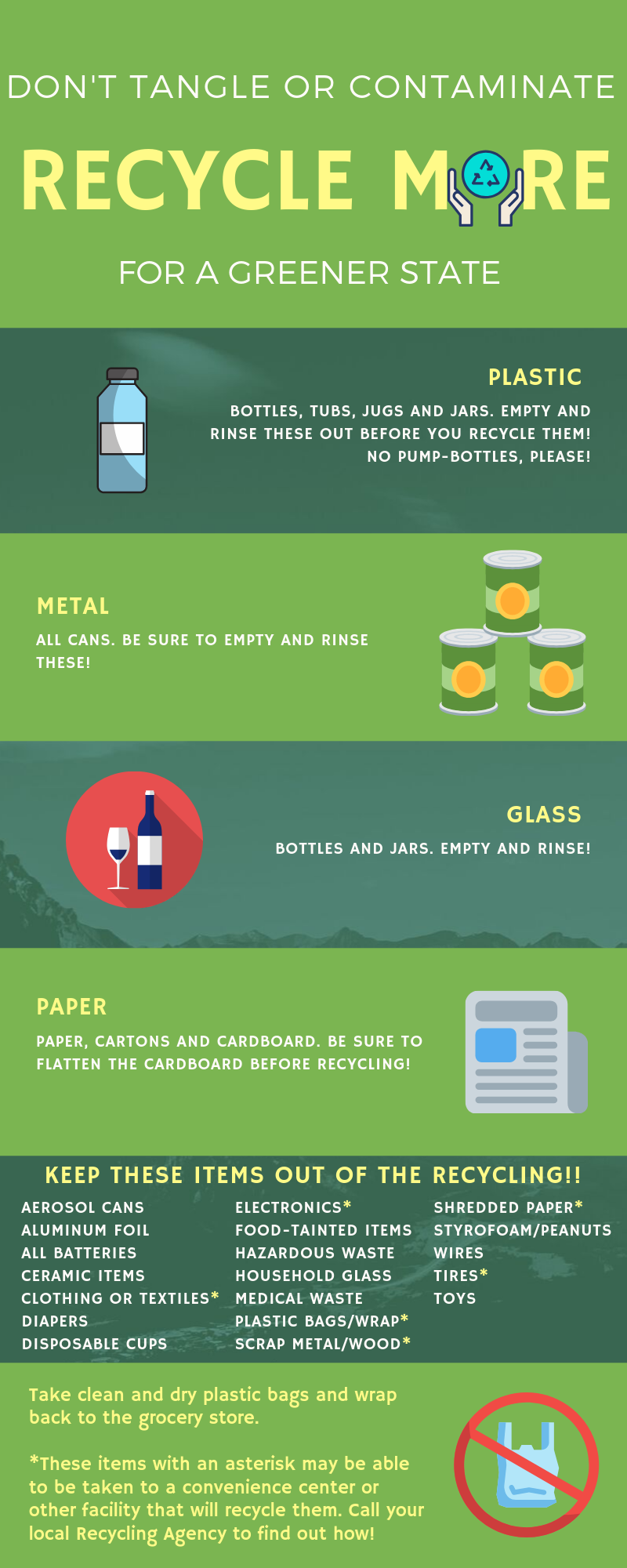The Ultimate Overview To Picking The Right Skip Bin Dimension For Your Job
The Ultimate Overview To Picking The Right Skip Bin Dimension For Your Job
Blog Article
Writer-
When picking the proper Skip container size for your job, you'll want to guarantee it straightens specifically with your garbage disposal needs to prevent any type of final headaches. Elements such as the kind of waste, project period, available area, and spending plan play critical roles in making the right choice. But how do you precisely approximate the volume of waste you'll generate and equate that into the correct Skip container dimensions? Let's explore these key considerations to assist you make an educated choice for your upcoming job.
Aspects to Take into consideration
When selecting the appropriate dimension Skip container for your project, numerous factors need to be thought about.
First, examine the amount and type of waste you'll be throwing away. Various projects generate differing kinds and volumes of waste, so comprehending your waste stream is essential.
Think about the room offered on your building for the Skip bin. Make sure that the chosen container size can suit the assigned location without creating blockage.
An additional aspect to consider is the duration of your task. Longer projects may need bigger Skip containers or even more regular clearing to accommodate the waste generated gradually.
Think about any potential restrictions in your location, such as weight limits or prohibited items, to guarantee conformity with regulations.
Last but not least, consider your budget and pick an avoid container dimension that aligns with your economic restraints while still meeting your waste disposal demands.
Estimating Waste Quantity
To properly select the ideal size Skip bin for your job, you must first approximate the volume of waste you'll be taking care of. One way to do this is by aesthetically evaluating the things you intend to discard and about estimating their complete volume in cubic meters.
Conversely, you can utilize on-line devices or waste volume calculators to aid you determine the approximate amount of waste you'll have. Keep in mind that it's better to slightly overstate than to undervalue, as it's even more affordable to work with a slightly bigger Skip container than to get an additional one if you run out of room.
If you're still unclear, consider inquiring from waste management experts who can offer advice based upon the type of job you're embarking on. By precisely approximating your waste quantity, you'll be much better equipped to pick the ideal Skip container dimension for your needs.
Understanding Bin Dimensions
Understanding bin dimensions is essential when choosing the suitable Skip container dimension for your task. Skip containers come in various dimensions, generally measured in cubic meters.
The dimensions of a skip container describe its size, size, and height. By comprehending these measurements, you can envision how much waste the bin can hold and whether it will fit your needs.
As an example, a 2 cubic meter Skip bin might have measurements of approximately 1.8 meters in length, 1.4 meters in size, and 0.9 meters in height. Recognizing these dimensions can help you figure out if the Skip bin will suit your wanted location and if it can fit the volume of waste you anticipate producing.
Constantly consider the room you have readily available for the Skip container and make sure that its dimensions straighten with your job requirements to prevent any type of concerns throughout garbage disposal.
auckland bins
In conclusion, selecting the right dimension Skip bin for your job needs mindful consideration of elements like waste quantity, available space, job period, constraints, and spending plan. Estimating skip bin nz and understanding bin measurements are critical steps to ensure the Skip container fulfills your requirements. By complying with these standards, you can properly manage your waste disposal requirements and improve your task. Select sensibly to make your task a success.
